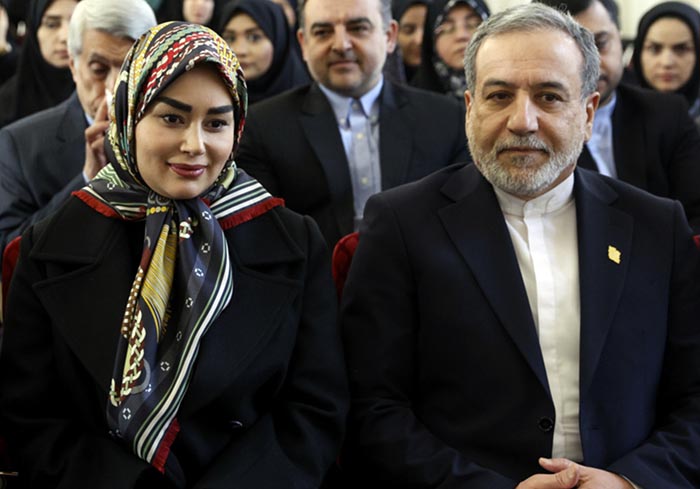Evaluating the relative power of Iran and Pakistan is a complex task that goes beyond mere numerical comparisons of military strength. Factors such as economic indicators, geopolitical influence, technological capabilities, and population size contribute to a nuanced understanding of their overall power dynamics.
In the Global Firepower ranking, Pakistan holds the ninth position, while Iran is fourteenth in terms of the world’s most powerful military forces. However, a more comprehensive analysis reveals a nuanced reality. In terms of active military force, air power, land power, and sea power, Pakistan may appear superior, but Iran possesses better conditions in terms of natural resources, economy, logistics, and geography.
The population of Pakistan exceeds 247 million, significantly higher than Iran’s approximately 90 million people. This demographic difference is mirrored in the number of active, reserve, and combat forces. Pakistan’s active military personnel are estimated at 654,000, surpassing Iran’s 610,000. The militia strength in Pakistan is more than double that of Iran. Iran’s labor force, however, exceeds 27.5 million people, and this number for Pakistan is more than 73 million people.
Economically, Iran holds an advantageous position. While sources may differ on the exact figures, Iran’s defense budget is reported to be nearly 10 billion dollars, surpassing Pakistan’s defense budget of over 6.3 billion dollars. Some sources even indicate a more substantial gap, with the military budget of Iran reported as 25 billion dollars compared to Pakistan’s 10 billion dollars.
In terms of foreign debt, Pakistan faces a significant burden with 110 billion dollars, while Iran’s foreign debt is reported to be only 8 billion dollars. This financial disparity extends to foreign banks, where economically, everything seems to be in favor of Iran.
The military power of Iran and Pakistan extends beyond regional dynamics; it carries global implications. Both nations, as nuclear-capable states, play roles in shaping discussions around non-proliferation treaties and global security. Their alliances and geopolitical stances contribute to the broader context of international relations.
The global community closely watches the military capabilities of Iran and Pakistan, recognizing their influence on regional stability and potential ripple effects on a global scale. Diplomatic engagements, peacekeeping efforts, and contributions to international security further underscore their roles in the global arena.
Conclusion: In conclusion, the assessment of Iran and Pakistan’s military power transcends simplistic numerical comparisons. While Pakistan holds a higher position in the Global Firepower ranking, Iran’s economic strength, strategic advantages, and lower foreign debt create a complex power dynamic.
The geopolitical landscape of the Middle East and South Asia is intricately woven with factors that extend beyond military might. The unique strengths and challenges of each nation contribute to a delicate balance that defines their roles in regional and global affairs.
This comprehensive analysis serves as a testament to the multifaceted nature of military power, emphasizing the need to consider a myriad of factors when evaluating the strategic postures of nations. As Iran and Pakistan continue to navigate the complex dynamics of the international stage, their military capabilities will undoubtedly play a pivotal role in shaping the future of the Middle East and South Asia.





